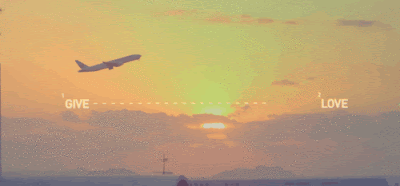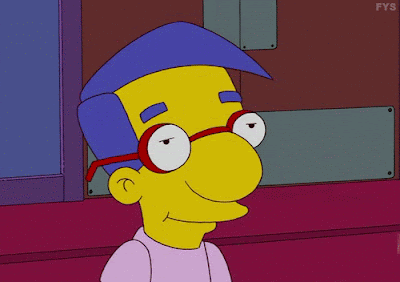OUR SENSES: SIGHT AND HEARING
THE SENSE OF SIGHT/EL SENTIDO DE LA VISTA
You use your sense of sight to distinguish the shape and colour of objects. You use also your sight to distinguish the size and distance of objects.
SPANISH: Usamos nuestro sentido de la vista para distinguir la forma y el color de los objetos. También usas tu vista para diferenciar los tamaños y las distancias de objetos.
 |
| Sight |
 |
| Shape |
 |
| Colour |
 |
| Size |
 |
| Distance |
In order to see, light must reach the object and your eyes.
SPANISH: Para ver, la luz debe alcanzar a los objetos y a tus ojos.
 |
| Natural light |
The eyes
The eyes are the sense organs of sight. They are protected by eyelids, the eyelashes and the eyebrows.
SPANISH: Los ojos son los órganos de la vista. Están protegidos por el párpado, las pestañas y las cejas.
 |
| Eyelid |
 |
| Eyelashes |
 |
| Eyebrow |
First the light passes through the cornea. The cornea is transparent. Then, light passes trhough the pupil. The pupil is the hole in the centre of the iris. The iris is a coloured ring. Behind the iris is the lens. It helps the eye of focus.
SPANISH: En primer lugar la luz pasa a través de la córnea. La córnea es transparente. Después la luz pasa a través de la pupila. La pupila es el agujero que se encuentra en el centro del iris. El iris es un anillo coloreado. Detrás del iris está el cristalino que ayuda a enfocar lo que vemos.
At the back of the eye, the retina captures the light. The optic nerve takes the information to the brain.
SPANISH: Al final del ojo, la retina captura la luz. El nervio óptico envía información al cerebro.
ESQUEMAS/OUTLINES
WORDLIST
Sight: vista.
Shape: forma.
Colour: color.
Size: tamaño.
Distance: distancia.
Light: luz.
Eyes: ojos.
Eyelid: párpado.
Eyelashes: pestañas.
Eyebrow: cejas.
Iris: iris.
Pupil: pupila.
Cornea: cornea.
Lens: cristalino
Retina: retina.
Optic nerve: nervio óptico.
PARA SABER MÁS...
VISIÓN CON CATARATAS (PROBLEMAS EN EL CRISTALINO)
VISIÓN CON MIOPÍA E HIPERMETROPÍA
Miopía
Error de enfoque del ojo, generalmente debido a que un ojo (el miope), es mas potente de lo habitual. Las imágenes se forman delante de la retina, dificultando la visión de lejos.
Hipermetropía
Error de enfoque del ojo, causado por que un ojo (el hipermétrope), es menos potente de lo habitual. Las imágenes se forman por detrás de la retina en lugar de sobre ella, dificultando la visión de cerca.
TIME TO PLAY








